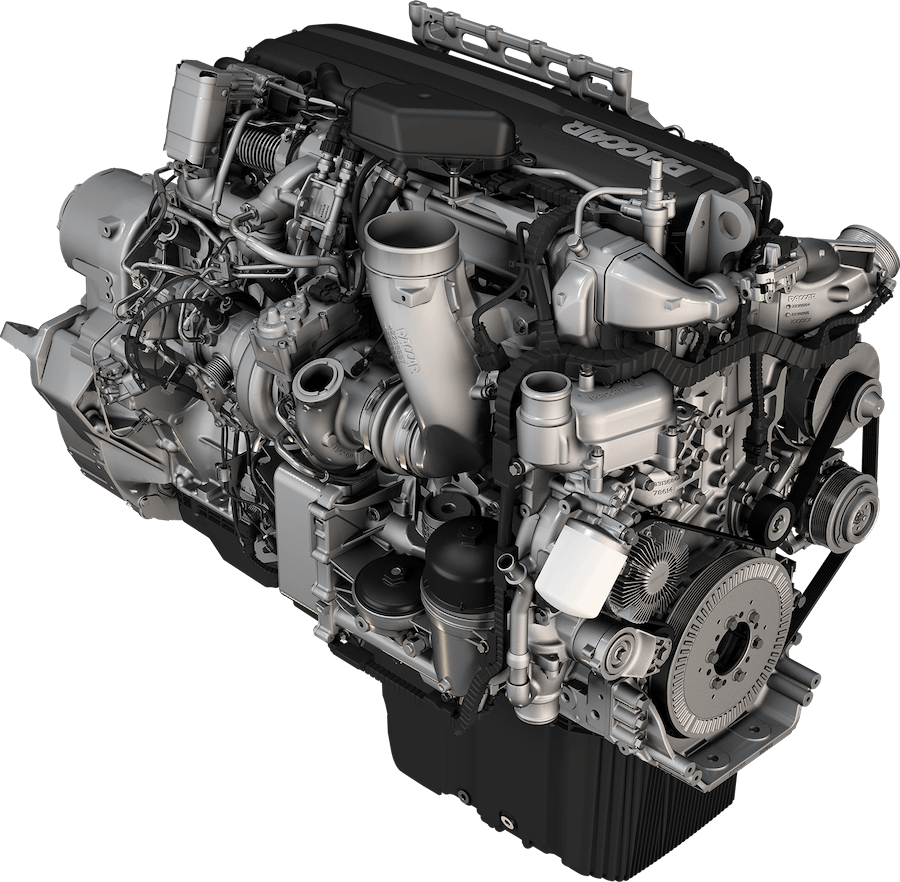Mack vs. Peterbilt? In every smoke-filled trucker bar and online forum, the debate rages on. In this article, we compare them on key elements including comfort and style, reliability, the total cost of ownership, and driver experience.
Mack and Peterbilt are among the most popular business-class trucks in the US and Canada. Both companies were founded in the early 1900’s and had a change of ownership, with PACCAR acquiring Peterbilt in 1958. Mack was acquired by Renault Trucks in 1990, before it became part of the Volvo Group in 2001.
Nevertheless, both brands have maintained their position as leaders in the trucking industry with innovative products, including the manufacture of electric vehicles. Although both brands offer products with similar specifications, key differences exist between the brands.
Comfort and Style
Comfort and style are certainly big deals when it comes to truckers because drivers spend long hours in them. In Mack trucks, the height of the ceiling is around 7 feet, so most drivers can stand straight when moving through the sleeper. Also, the sleeper room is furnished with a high-quality mattress, stainless steel fridge, good interior lighting, and a fast-cooling HVAC.
A Peterbilt offers similar accommodations but with much larger storage and up to 8 feet of headroom. Many find this larger sleeping room more attractive and professional in comparison to the Mack. But the Mack still has some stylish features. For example, they were the first to come up with Breakaway Mirrors, which automatically rotate after contact with something. This has helped prevent damage and repair costs and has been largely adopted by other brands.
The power lock, mirror control system, and cup/bottle holders on seats are other innovations from Mack. Peterbilt also came up with a 15-inch dash display that shows several driving details such as traction control, fuel mileage, etc. At the time, this was considered the biggest in the trucking industry. In addition, Peterbilt is known for its unique hood and bumper that really improves its aerodynamic performance, and by extension, its fuel efficiency. These features, combined with its lane-keeping assist feature, lend to a comfortable and safe ride.
Reliability
A key aspect of the reliability of trucks is the engine. Ever since Peterbilt was taken over by PACCAR, most of its trucks use a PACCAR engine. Most times, this comes along with a PACCAR powertrain system to maximize fuel mileage. This is business-friendly to truckers, as the axles, transmission, and engine are coming from the same company. Also, there is a cohesive feel as all components are designed to work together.

The Mack used to operate similarly vs the Peterbilt, but over time began out-sourcing some components, although they still make their engines. Such a structure gives room for truckers to choose parts that suit a specific purpose – allowing for high-level customization. However, this heightens the risk of compatibility issues. In any case, Mack trucks are known for their robustness and hardly issues despite being highly customizable.
Peterbilt makes up for any perceived or actual shortcomings in reliability by being excellent at maintenance. First, PACCAR’s maintenance period is up to 50% longer on its in-house components. Next, although both brands offer remote diagnostics by communicating with nearby dealers on what trucks need, Peterbilts goes further by putting the fleet service manager in the loop. It also displays service info directly on the dash. As a result, this saves time that would have been used to approve repairs. This certainly helps drivers get back on the road sooner rather than later.
Cost of Ownership
The cost of owning a Mack depends largely on the type of truck. Generally, a brand new Mack could set you back somewhere between $100,000 to $220,000. In the case of a luxurious semi-truck, it could cost as high as $350,000. Although the long-term durability of most modern trucks are in question these days, the used older models could go as high as $170,000 depending on its age, condition, mileage, and features.
For its brand-new products, Mack offers service warranty on components for up to 24 months or 250,000 miles. As for the maintenance of Mack trucks, it could cost up to $15,000 a year, with the most expensive components that need regular replacement being the tires. This depends on the frequency of use. Another aspect of ownership to consider is insurance. When owner operators lease trucks to motor carriers, insurance cost is between $3,000 to $5,000. But if drivers are operating under their own authority the insurance is higher, usually between $9,000 and $12,000.
Peterbilt trucks, on the other hand, are a bit more expensive with prices for brand-new trucks ranging from $160,000 to $300,000. Most other costs such as maintenance and insurance are similar, with their service warranty being exactly the same at 24 months or 250,000 miles. On average, maintenance of these trucks could take up to $15,000 annually, when put to regular use. Because only tire changes take between $1,000 to $4,000 per year. Also, insurance cost when operated by an individual is between $12,000 to $20,000 per truck annually. This is higher than the Mack because the cost of getting a new Peterbilt is higher. But if leasing through a trucking company, it will be much the same as a Mack, usually around $3,000 and $5,000.
Driver Experience
There is no better way of comparing Mack vs Peterbilt than taking the opinions of truckers into consideration. This is an age-long debate and many truckers often share their experiences and why they prefer one over the other.
One trucker says: “It’s too bad Mack has become just another electronic cookie cutter truck. Back in the 90s I drove a lot of R models and DM Macks. Nothing fancy. Just good old work trucks. These trucks were the Macks that would last 30 years. Were built heavy-duty. Push through the mud and ruts without a whimper and didn’t take a rocket scientist to work on. Today they are just another truck. Probably no better or no worse than any other. Given the choice between a “new” Mack or a Peterbilt, I’ll take a Pete any day!”

Another trucker states his preference based on the reliability of the trucks: “To me I’d pick Mack vs Peterbilt. Because Mack is more hand built. Every Mack sold in North America is built in the USA, they have the longest lifespan in the industry, best resale value, and finally not riding their name like Peterbilt is.” In response to this trucker, another says: “I’ll bet you just watched a discovery channel/history channel type program about a big truck assembly factory. They’re all built the same today, CHEAP!”
Mack vs. Peterbilt – Who’s the King?
These comments show that the perspective of truckers differ greatly. Some prefer the Mack based on features, while others like the Peterbilt. Just like any decent debate, this one could go for ages.
However, there seems to be a general consensus that trucks are not built as durable as before. There is no suggestion from manufacturers to back these claims that today’s vehicle parts are inferior to yesteryear’s parts.
And while it’s likely a king in the Peterbilt vs. Mack debate will never be crowned, systematically evaluating key features results in a better-informed decision. Truckers who carefully consider comfort, style, reliability, cost of ownership, and others’ feedback will likely not be let down by these iconic brands.